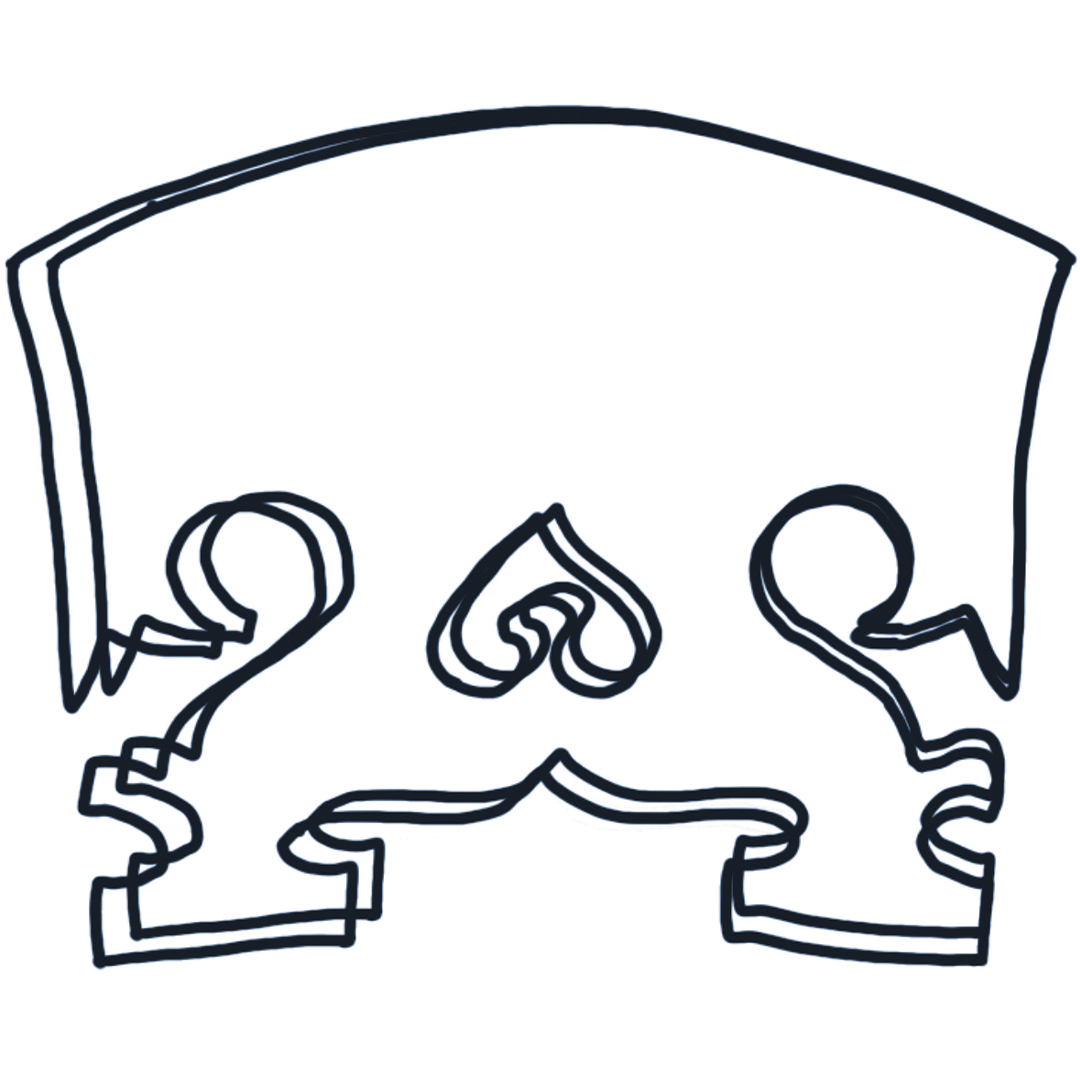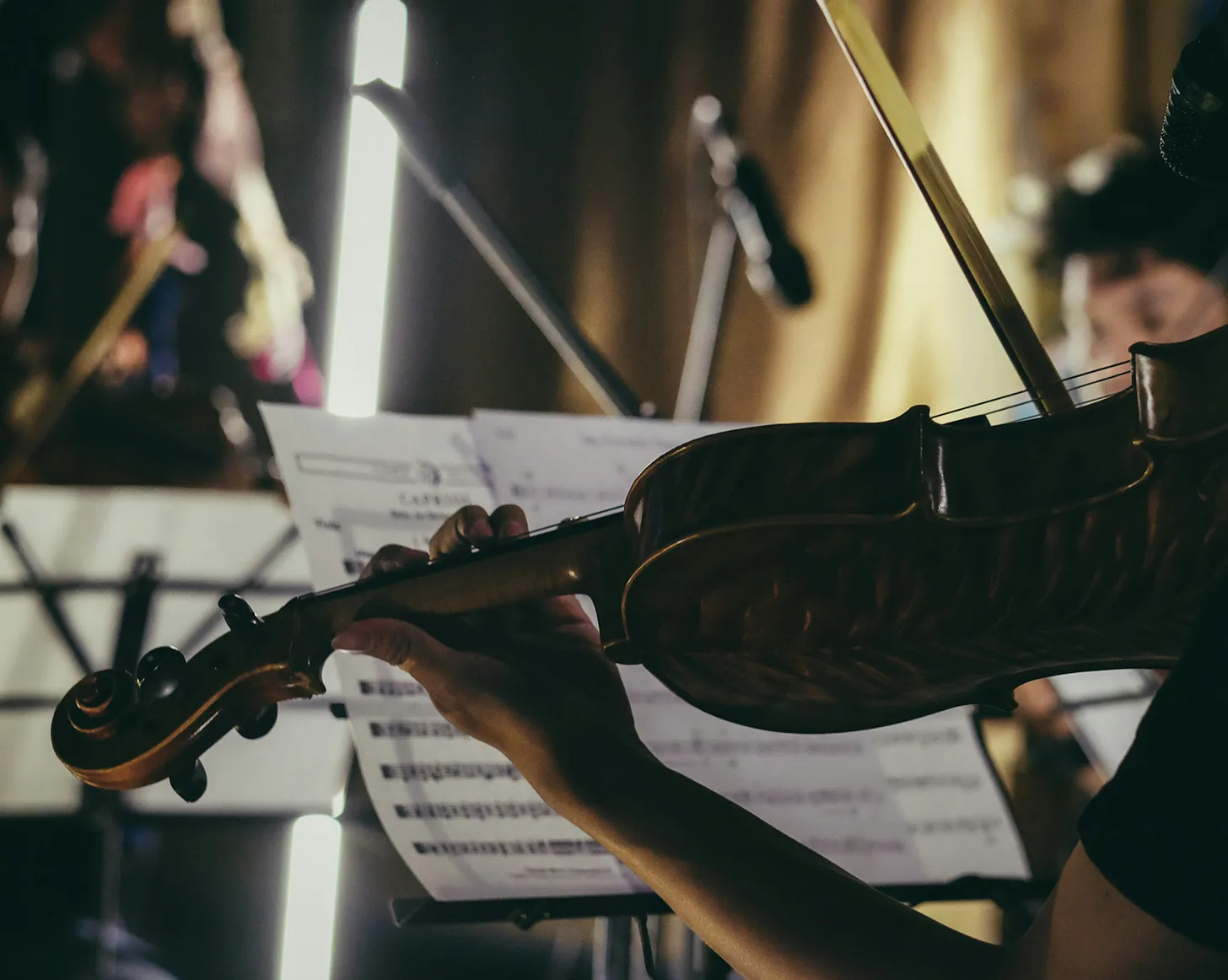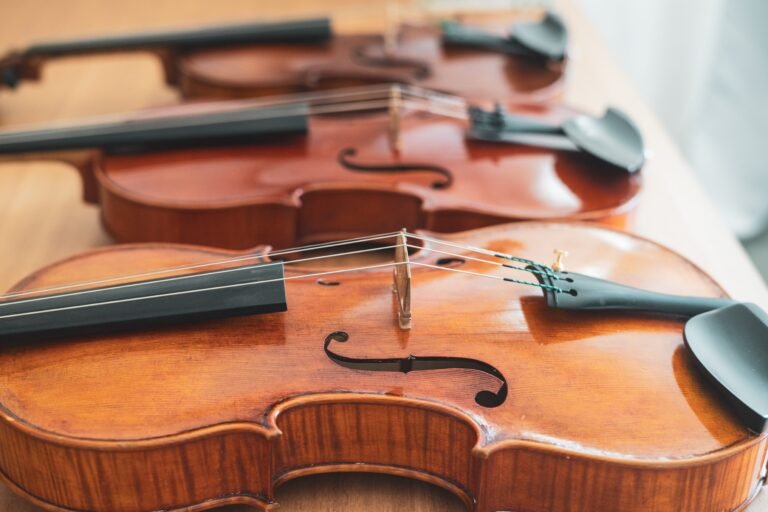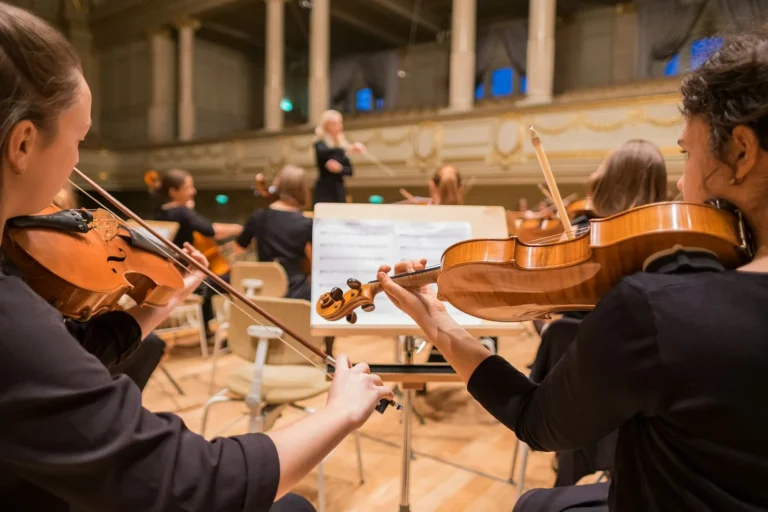Making the Switch: How to Transition from Violin to Viola with Confidence
A practical guide to getting comfortable on a larger instrument, learning to read alto clef, and embracing your inner violist.
Are you a violinist interested in trying the viola, or even considering switching to viola as your primary instrument? As someone who added viola to my musical life a few years ago, I’ve found it rewarding, both musically and socially. I’ve had more ensemble opportunities, developed a new set of skills, and gained a better sense of rhythm and harmony from inside the viola section.
If you’re curious about exploring the viola, here’s some practical advice to help you make a confident, informed transition.
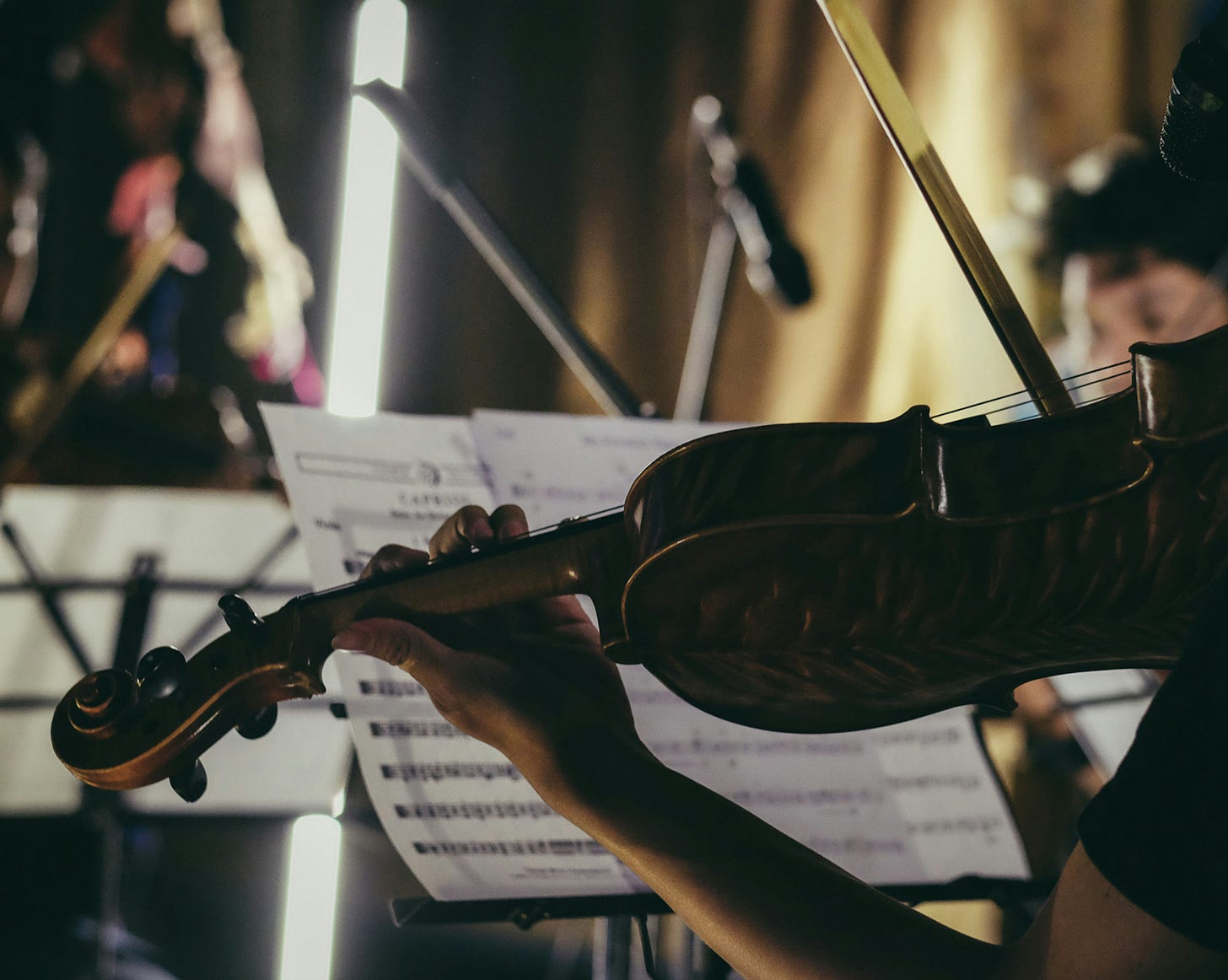
Adjusting to the Larger Instrument
Because the viola is both larger and heavier than the violin, it’s important to adjust your posture and setup accordingly.
The chin and shoulder rest that work for your violin may not feel right on the viola. Take time to experiment with different setups, including both side- and center-mounted chin rests and a variety of shoulder rests. Your local violin shop (if you are lucky enough to have one) should let you try them out in the shop to find the best fit.
One of the first things you’ll notice about the viola is the wider left-hand finger spacing. Start slowly with scales and simple exercises to adjust. Playing scales with a drone is especially helpful for dialing in your intonation.
If you have smaller hands, you might find it difficult to maintain a static hand frame in first position. On viola, adjusting your thumb placement or the angle of your wrist depending on which finger you’re using is normal and often necessary. To learn more about this, I highly recommend watching this video on left-hand technique by Juilliard professor Carol Rodland, who also has an excellent video on setup.
Technique Differences: Bowing, Vibrato, and Sound
To achieve the deep, resonant sound the viola is known for, you’ll likely need to use more arm weight and a slower bow speed than you’re used to on the violin. Playing closer to the bridge can also help produce a focused, powerful tone. Every viola is different, and bows can vary quite a bit in weight, so expect to experiment with bow weight, speed, and sounding point.
Because the thicker viola strings respond more slowly, a slower, broader vibrato is generally more effective. If you haven’t revisited vibrato technique recently, now is a great time. Simon Fischer’s book Basics contains excellent vibrato exercises focused on improving different aspects of the technique.
Shifting will also feel different due to the viola’s longer neck and different fingerboard dimensions. Take your time with shifting exercises and be patient as you get used to the different fingerboard.
Once you’re comfortable, or even sooner, I highly recommend taking a few lessons with a teacher who primarily plays viola. After a few years of playing, I finally took one lesson with a viola teacher, and it immensely improved my comfort on the instrument.
Learning to Read Alto Clef
Learning alto clef is a great way to strengthen your overall musicianship and sight-reading ability. Start by identifying where the open strings appear on the staff. You can find printable scale worksheets online or use a basic viola scale book.
Try playing basic major scales while saying the note names aloud. Then move on to short pieces. Basic method books or the Suzuki Viola School are good places to start. If you studied violin with Suzuki, you’ll find the viola versions familiar but useful for practicing reading in a new clef.
When I started viola, I worked through a transcription of the Bach Cello Suites for viola that I found on IMSLP. The Telemann Viola Concerto is another excellent introduction to the instrument’s more accessible core solo repertoire.
Resources for New Violists
Here are some of the tools, books, and communities that helped me as I made the transition from violinist to violist.
Recommended Books
- 📘 Viola for Violinists: The Conversion Kit by Dwight Pounds
A rare but valuable guide focused on making the switch, with exercises and practical advice. - 📘 From Violin to Viola: A Transitional Method by Harvey Whistler
Etudes arranged by key, with some advice for the transition process. - 📘 Scales for Advanced Violists and Scales for Young Violists by Barbara Barber
Excellent scale resources for both two- and three-octave scales. - 📘 The Karen Tuttle Legacy
An in-depth book about viola pedagogy with exercises, repertoire, and ergonomic guidance that I highly recommend. - 📘 A Notebook for Viola Players by Ivo-Jan van der Werff
Targeted technical studies for viola by a violist focusing on both hands. - 📘 Basics by Simon Fischer
Though written for violin, many of the technique exercises translate well to viola. - 📘 Suzuki Viola School
Especially useful for violinists familiar with Suzuki material who are learning to read alto clef - 📘 Solos for Young Violists by Barbara Barber
Graded repertoire that’s also enjoyable for adult beginners and returning players.
Video Resources
- 🎥 In the Viola Studio with Carol Rodland
Highly recommended for insights into setup, tone production, and technique. This YouTube series is a must-watch for adult learners and those making the switch to violin.
Online Communities
- r/viola – A subreddit dedicated to violists
- r/violinist – More active and welcoming to violists as well
- Future Primrose Winners Discord – A friendly and informative server for violists
- American Viola Society – An organization supporting violists with resources, competitions, and community
After a bit of practice and exploration, you might just discover that your new musical home is in the viola section.
💬I’d love to hear from you
Want to go deeper? Leave a comment and let me know what you’d like to read next in this viola-for-violinists series!
This post is part of a series for violinists exploring the viola. If you haven’t yet, check out:
👉 Six Reasons to Add Viola to Your Musical Life
And stay tuned for my upcoming post on how to find your first viola!
